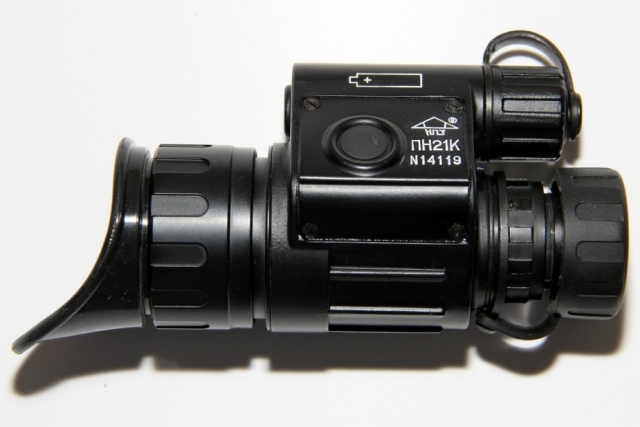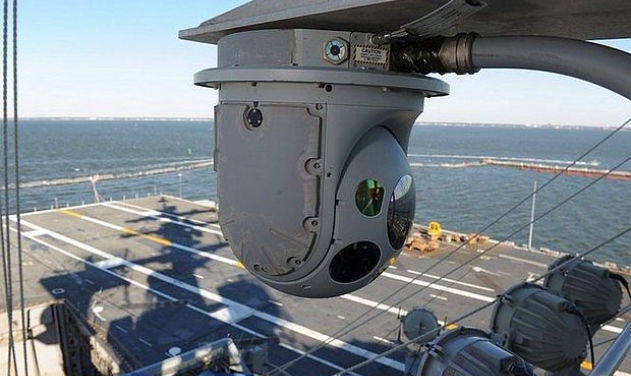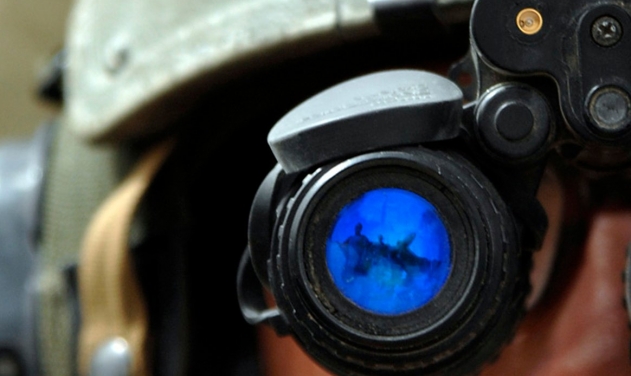New DARPA Project to Make Eyeglasses-size Night Vision Goggles
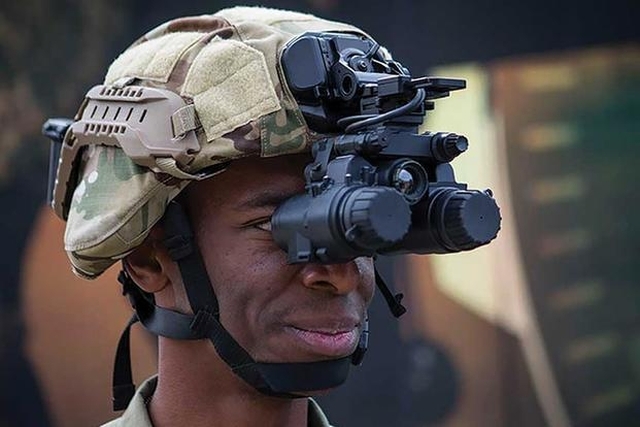
DARPA has announced an Enhanced Night Vision in eyeglass form (ENVision) program to create lightweight Night Vision Glasses (NVG)s that offer a wide field of view (FOV) across multiple infrared (IR) spectrum bands without needing separate optics for each IR band.
The goal is to enable night vision through fog, dust, and other obscurants as well as provide thermal vision – all via a single flat lens. The ENVision will substitute current NVGs known to cause neck strain due to the weight of the optics in them besides restricting the FOV to a mere 40-degree.
A Defence Advanced Research Projects Agency-DARPA release said January 8 that a proposers day for interested participants is being held via webinar on January 21, 2021.
“Our warfighters experience significant neck strain from current NVGs caused by the weight of the optics extending 4-5 inches in front of their helmets,” said Rohith Chandrasekar, program manager in DARPA’s Defense Sciences Office.
“If you’ve never worn NVGs for hours at a time imagine wearing a baseball cap all day with a two-pound weight attached to the front of the bill. Extended use of such systems leads to a condition where the neck no longer has energy to keep the head upright requiring warfighters to use their hands to lift and point their heads."
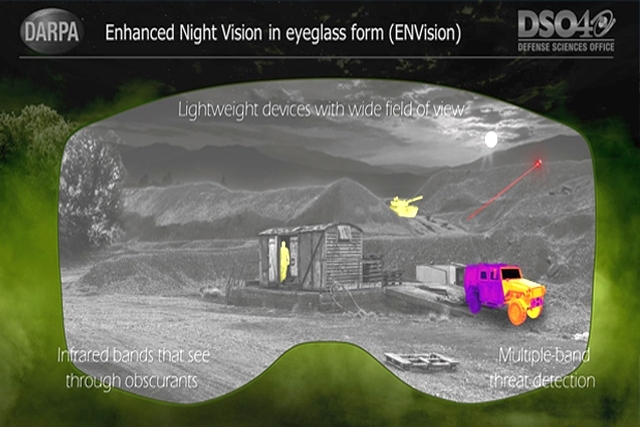
"NVG wearers also have to swivel their heads frequently for peripheral vision since current optics only provide a 40-degree field of view compared to the 120-degree wide view we have with our eyes, which only makes use of NVG systems more painful," said Rohith Chandrasekar
Besides the weight and field-of-view constraint, current NVGs provide only a narrow segment of the IR portion of the spectrum (typically near-IR) that limits what types of threats the viewer can see at night. Efforts to expand FOV and IR bandwidth to date have involved increasing the number of optics, which increases weight.
The ENVision program is designed to break the paradigm that increased performance can only be achieved by an increase in weight.
“DARPA investments over the past decade have led to breakthroughs in the areas of planar optics, detection materials, and novel light-matter interactions,” Chandrasekar said. “ENVision will leverage these advancements, amongst others, to develop enhanced night-vision devices in lightweight eyeglass form factors.”
ENVision will also investigate the possibility of night vision using direct photon up-conversion from infrared to visible photons using thin materials.
“This will further simplify NVG systems by advancing from the multi-step conversion currently used to a single step up-conversion process,” Chandrasekar said. “Some of these processes even conserve the momentum of photons, which, in theory, could enable night vision without the need for any optics.”
